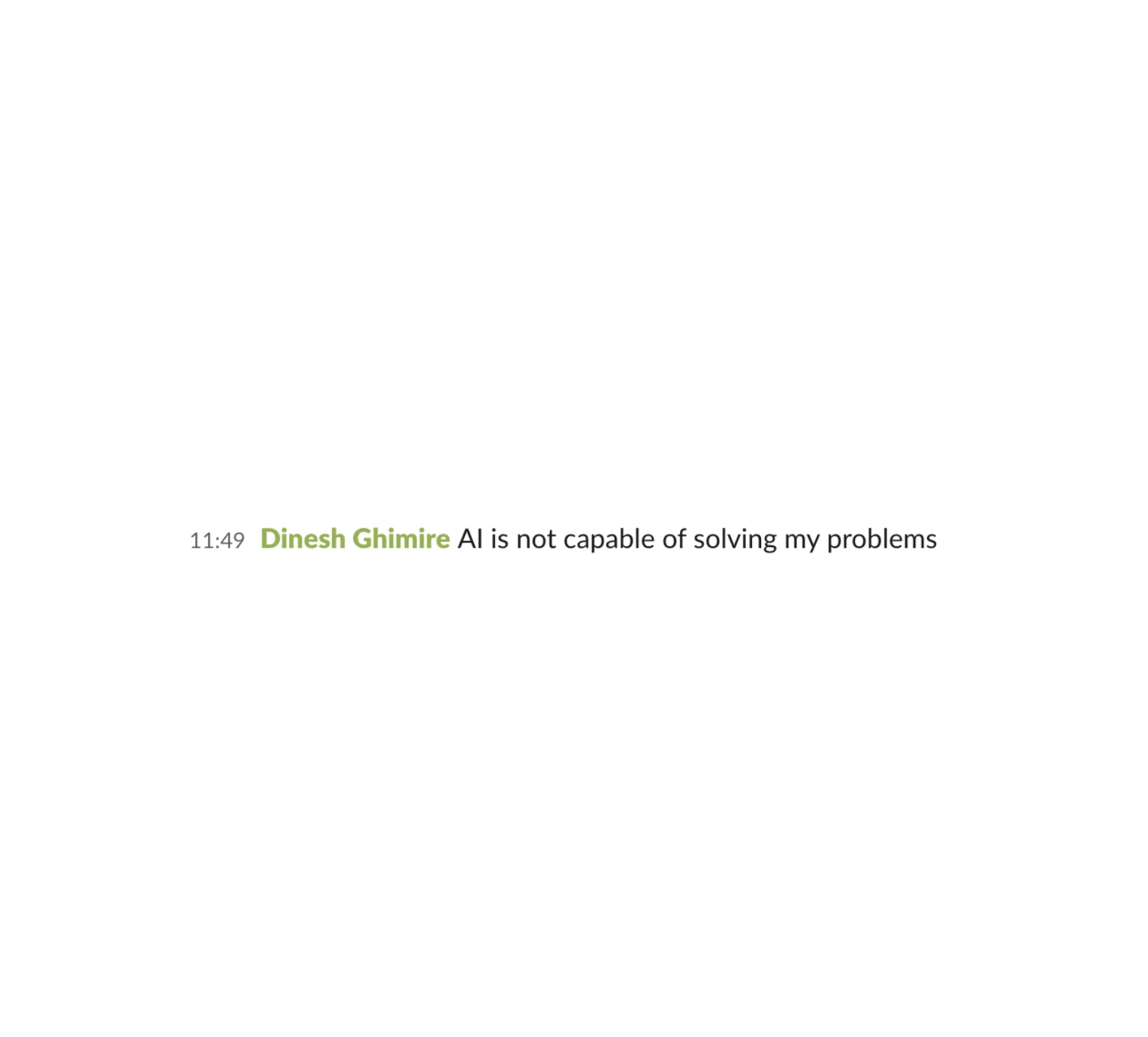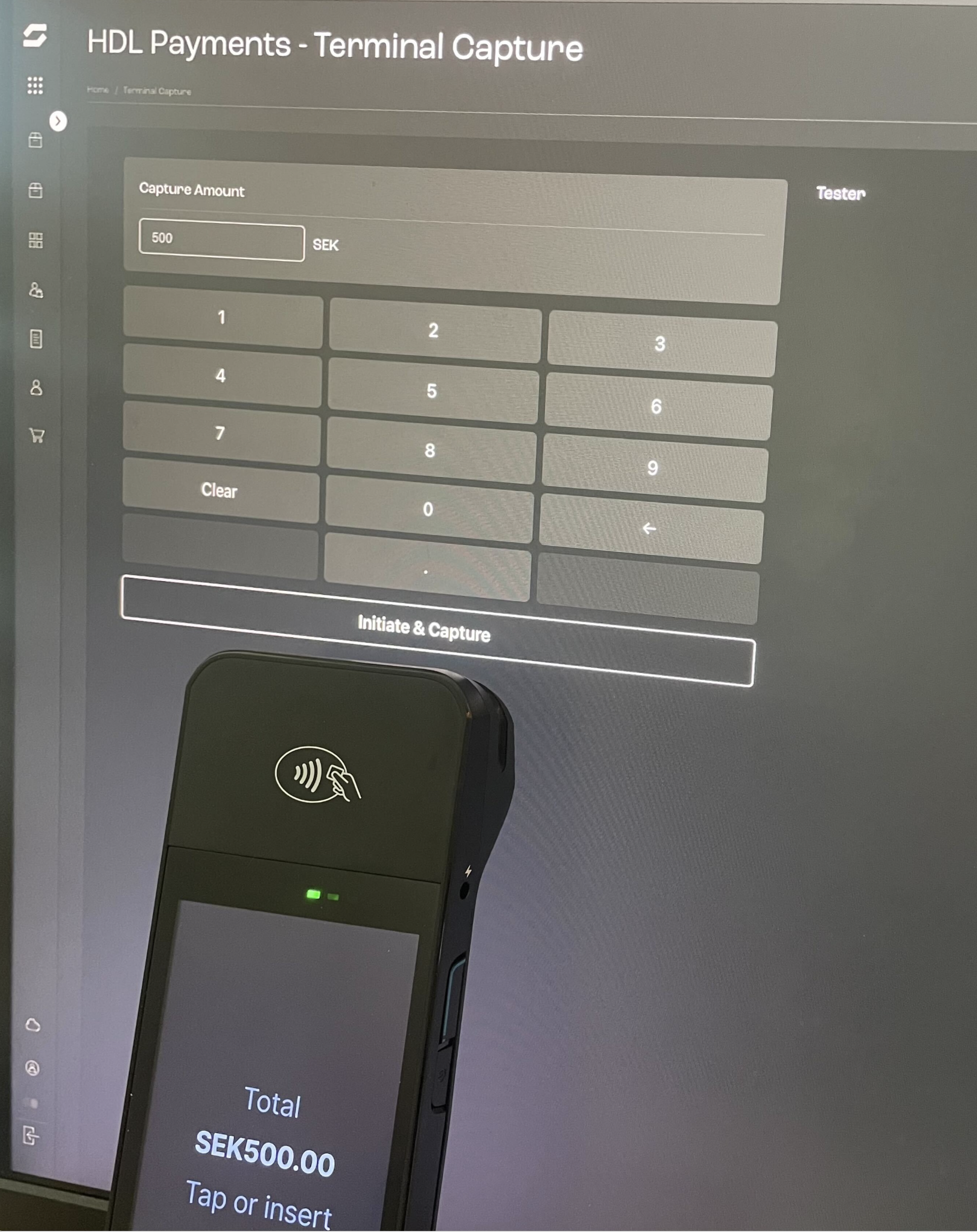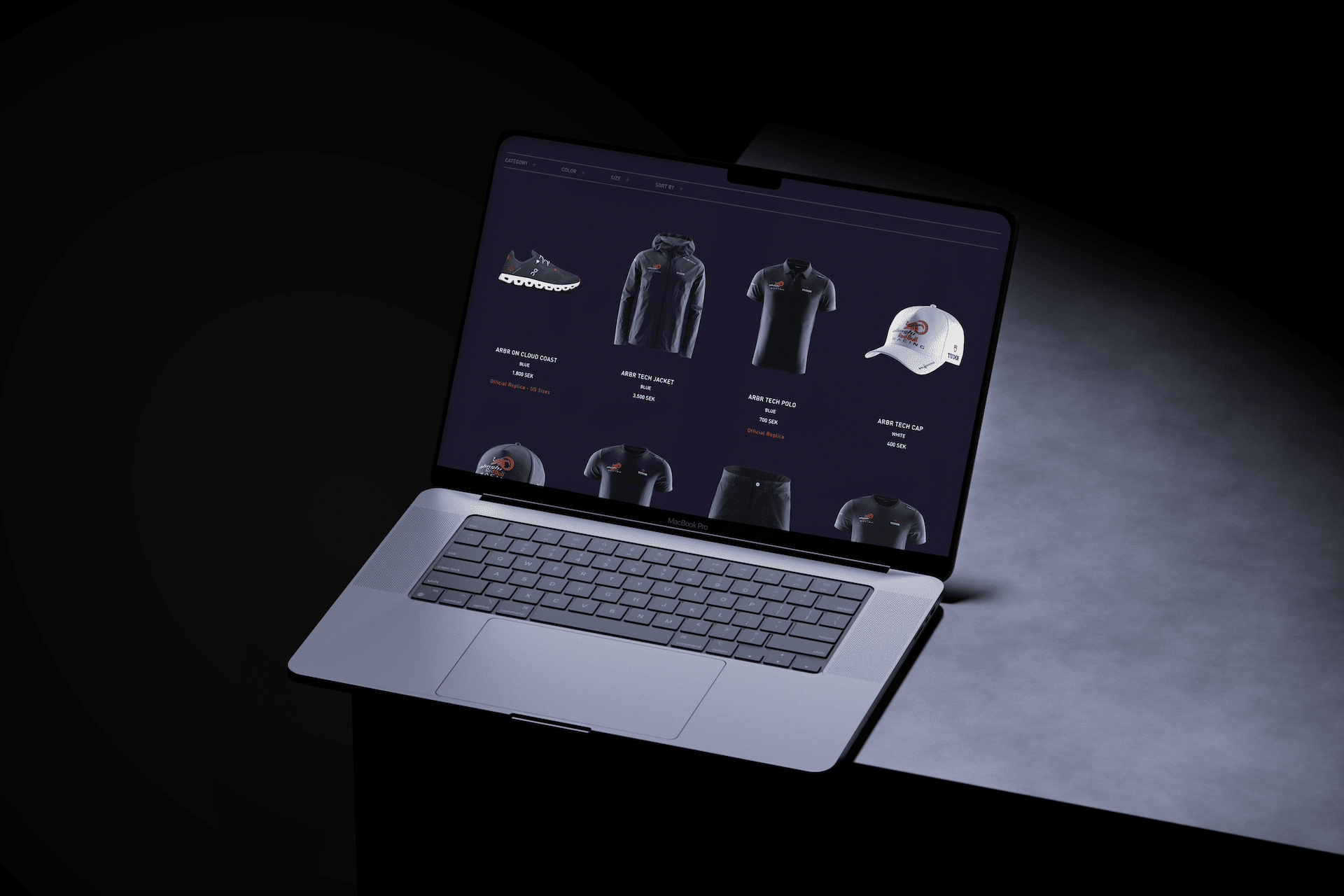How Composable Commerce is revolutionizing the online shopping experience
How Composable Commerce is revolutionizing the online shopping experience
Over time, e-commerce has evolved from simple online stores to complex systems with seamless payments, personalized user panels, recommendations, filters, mobile access and many other useful features.
Despite this, these traditional systems have faced several challenges, such as a lack of flexibility, scalability, integration and the possibility of rapid functional updates. These issues stem from their unified and integrated architecture.
This is where composable commerce comes in. With its flexible and modular approach, businesses can create their ideal e-commerce platforms by integrating components such as microservices and APIs. Businesses can seamlessly combine useful components to adapt to the market, innovate faster and offer personalized shopping experiences.
This blog aims to explain why composable commerce is essential to deliver the best online experience for your customers.
What is Composable Commerce?
Composable commerce is a modern and modular approach to building and managing e-commerce platforms. It uses microservices, APIs, headless architecture and cloud services to create a personalized and customizable e-commerce experience that fits companies’ specific needs.
Unlike traditional, monolithic systems, where all components are tightly coupled and inflexible, composable commerce allows businesses to integrate individual functions and services without having to tear down the entire platform.
Microservices are key elements of composable commerce that break down different functions, such as payment, inventory management or catalog display, into manageable units. Similarly, APIs (application programming interfaces) enable communication and collaboration between these services.
With cloud-based infrastructure, businesses can easily scale up or down depending on demand, while a headless architecture separates the front-end (what the user sees) from the back-end, allowing greater flexibility for design and content.
Benefits of Composable Commerce compared to traditional e-commerce
Traditional e-commerce platforms often struggle to meet the demands of today’s fast-moving digital landscape. Their components, such as product catalogs, payment systems and user interfaces, are often tightly integrated. This means that changes to one feature require adjustments to the entire system, making the process costly and time-consuming.
Flexibility and customization
Composable commerce allows companies to tailor their e-commerce platforms to specific needs. They can select the best components, such as payment solutions or inventory management systems, and integrate them seamlessly.
Agility and speed
With composable commerce, new features and updates can be launched much faster. Companies can replace individual components without affecting the entire system, reducing downtime and increasing the pace of innovation.
Cost efficiency
Modular systems mean lower development and maintenance costs. Companies do not have to deal with large, complex systems and can scale up without incurring high costs.
Innovation
Composable commerce makes it easy to integrate and test new technologies, creating an environment of continuous improvement.
Composable Commerce improves the online shopping experience
In addition to its benefits, composable commerce contributes to a better user experience by offering personalized and engaging interaction.
Personalization
With AI and data analytics, companies can offer tailored product recommendations and analyze customer behavior to optimize the experience.
Seamless user experience
Modular components allow you to quickly improve loading times, navigation and checkout processes, increasing customer satisfaction and conversion rates.
Integrating new technologies
Composable commerce makes it easier to integrate technologies such as augmented reality (AR), voice control and IoT, opening up new opportunities for interactive shopping.
Challenges of Composable Commerce
Like any innovation, composable commerce has some challenges, such as initial complexity and the need for technical expertise. Careful selection of the right components and suppliers is required to ensure smooth integrations.
Conclusion
Composable commerce has the potential to reshape the world of e-commerce by offering businesses the flexibility, speed and adaptability needed to deliver first-class shopping experiences.
Want to grow and streamline your e-commerce? Take a look at HDL Commerce. We offer scalable solutions with composable commerce architecture for both B2B and B2C companies.
Visit our contact page or read more about our offers here!








